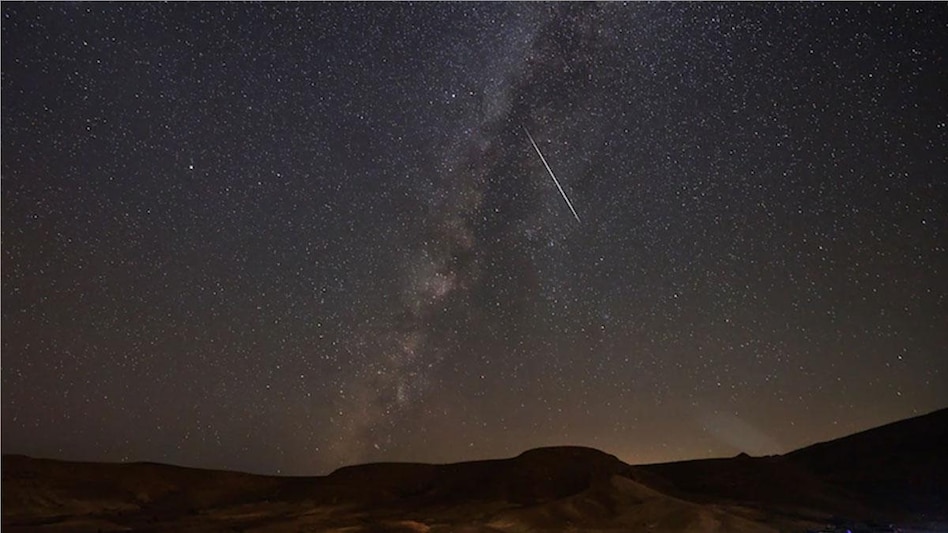Lyrid Meteor Shower to Illuminate April Skies, Peak Viewing on April 22-23

Stargazers are in for a treat this April with the recent sighting of a hybrid solar eclipse and now the upcoming Lyrid meteor shower on April 22 and 23. The meteor shower, which occurs annually between April 16-25, will be visible near the star Vega in the constellation Lyra after sunset in the north and east, with estimated rates of 15 to 25 meteors per hour.
The Lyrid meteor shower is caused by comet Thatcher, which last passed by the Earth in 1861. Astronomers predict that a large meteor shower will be visible in 2042 when the comet passes by again, and even more spectacularly in 2278, after 245 years. The peak viewing time for the Lyrids is typically before dawn, but meteors can be visible as early as 10:30 p.m. local time. The waxing crescent moon will be only 6% illuminated on the night of the peak, making viewing conditions favorable for the 2023 Lyrids. On average, the Lyrid meteor shower produces 15 to 20 meteors per hour, but some years can experience an "outburst" with up to 100 meteors per hour. However, predicting when exactly an outburst will occur is challenging.
As April continues to be an innovative month for stargazers, the Lyrid meteor shower promises to be a celestial spectacle with the chance to witness shooting stars streaking across the night sky. With favorable viewing conditions and the comet Thatcher's periodic returns, astronomy enthusiasts can mark their calendars for the upcoming meteor shower on April 22-23.



-t-thumb.jpeg)
-t-thumb.jpeg)



-t-thumb.jpeg)
-t-thumb.jpeg)


-t-thumb.jpeg)